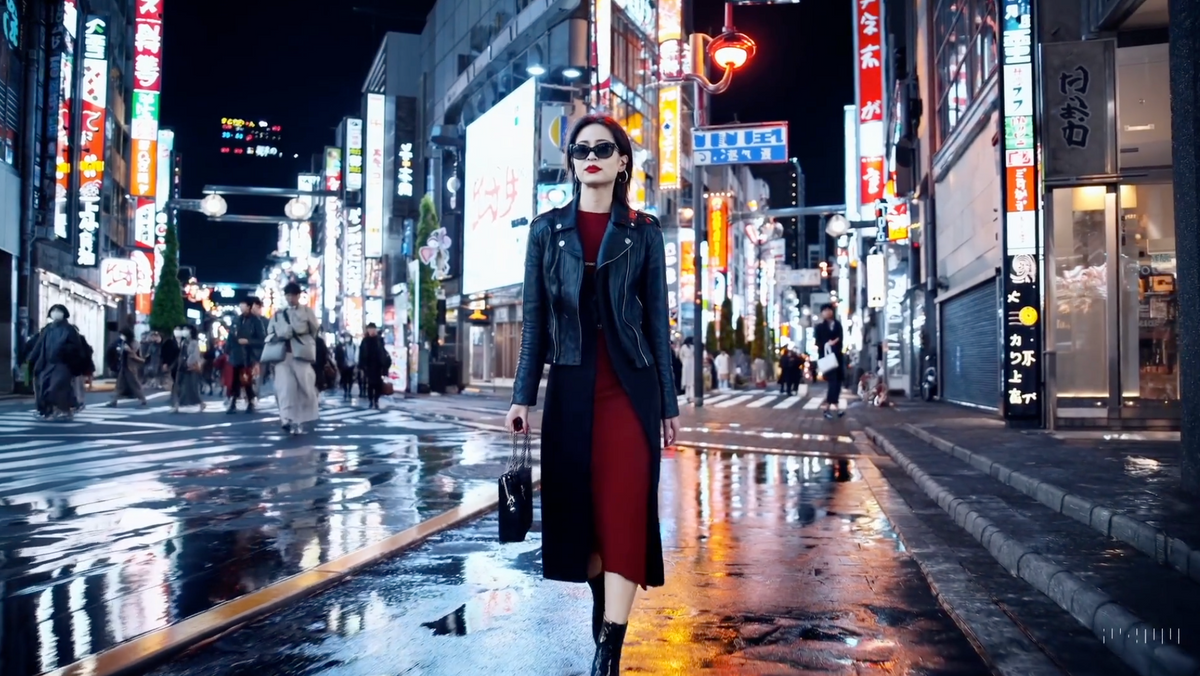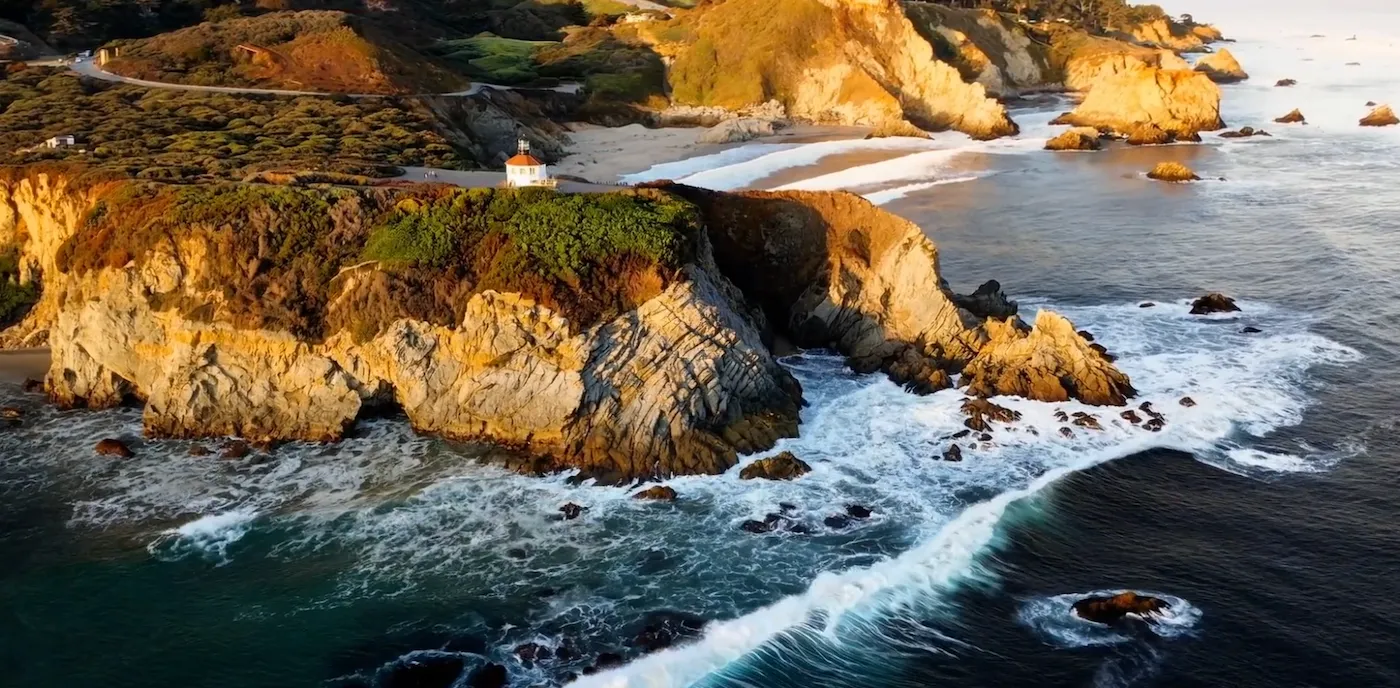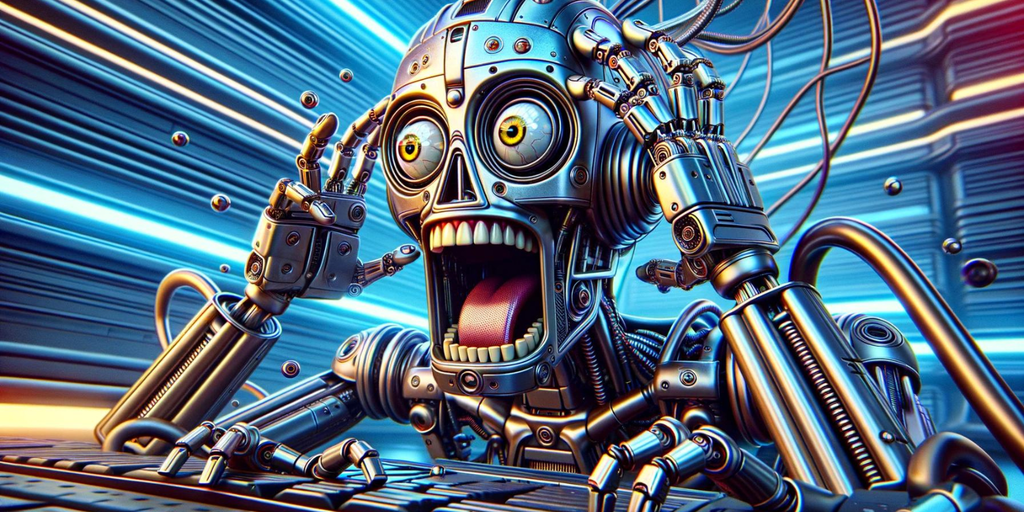📹 AI Video Magic
Sora, OpenAI's advanced AI, creates high-quality videos from text, using breakthrough machine learning techniques.

Today's Highlights
- How Open AI's Sora is revolutionary
- This Week On BuzzBelow - a recap on this week's topics
- In Other News - a few interesting developments we're tracking
Artificial Intelligence (AI), more specifically Generative AI, has taken the world by storm this past year. ChatGPT revolutionized text generation and many industries with its use cases, DALL-E allows users to create high quality images based on any text input. OpenAI's Sora stands above both of those technologies, as it is a revolutionary model pushing the boundaries of video generation technology. Sora harnesses advanced machine learning techniques to create high-quality videos from textual descriptions, setting a new standard in AI-driven content creation.
At its core, Sora employs a denoising latent diffusion model combined with a Transformer architecture. This setup enables it to process spacetime patches of video and image latent codes effectively. The model trains on a diverse array of visual data, including videos and images of varying durations, resolutions, and aspect ratios. Sora has the ability to generate videos up to one minute in length. Its applications span from creating realistic video content based on textual prompts to extending existing videos in time.

Dealing With Visual Data
Sora, inspired by large language models, uses visual patches, analogous to text tokens, for processing diverse video and image data. It compresses videos into a lower-dimensional latent space, then breaks them down into spacetime patches. This network, trained on this compressed data, generates videos within this space, with a decoder mapping latents back to pixels. The patch-based approach enables Sora to handle various resolutions and aspect ratios, with video size controlled at inference by arranging patches in grids.
Simulating Real and Digital Worlds
Sora's capabilities extend beyond traditional video generation, offering a new realm of possibilities in simulating both physical and digital environments. Its advanced algorithm allows for dynamic, 3D-consistent video generation, maintaining temporal coherence and object permanence. Sora's ability to simulate interactions in the world, such as painting or eating, and its proficiency in creating digital simulations like video games, highlight its versatility. These features are a result of training at scale, pointing to the potential of video models as powerful simulators for a diverse range of applications.
Open AI does not currently have any plans to release the model to the general public in the near future, at least for now. OpenAI has only made it accessible to a small group of academics and researchers to assess its potential for misuse and harm before a potential launch.
This Week on BuzzBelow




In Other News

/cdn.vox-cdn.com/uploads/chorus_asset/file/25297898/Screen_Shot_2024_02_21_at_2.56.19_PM.png)





